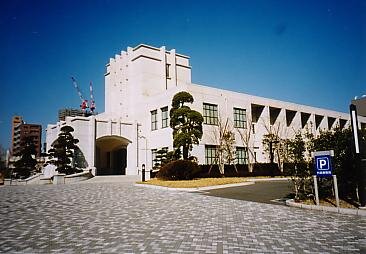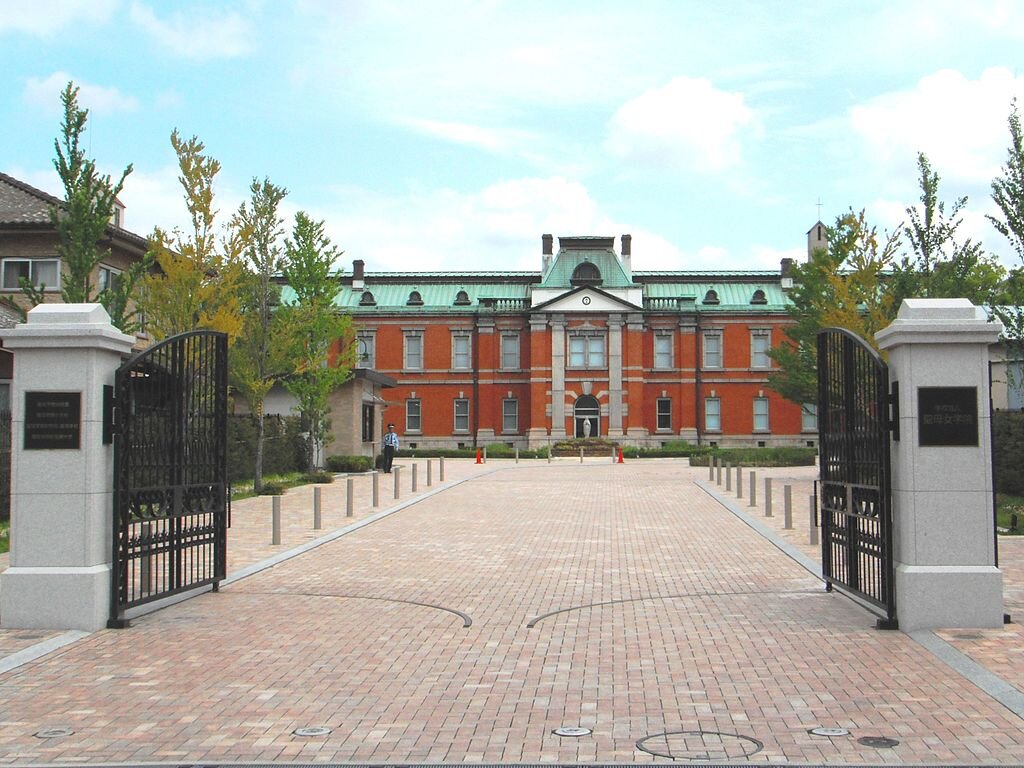Tanba Mangan Kinenkan
Emergence of Contestation: 1989
The Tanba Mangan Kinenkan is a small private museum near Kyoto which houses information on the conscription of Korean labourers in the early twentieth century
Museum Education through Reenactment: Considering Historical Sites in Korea and Japan - Jason Mark Alexander
National Memorial Museum
Emergence of Contestation: 2014
The National Memorial Museum of Korea in Pusan focuses on the Japanese conscription of Korean labourers during the period of colonial expansion, focussing particularly on the lived experiences of the colonized.
Museum Education through Reenactment: Considering Historical Sites in Korea and Japan - Jason Mark Alexander
https://www.flickr.com/photos/kiyong2/49037497296/
Okawa Elementary School
Emergence of Contestation: 2011
In the wake of the March 2011 disasters in Tohoku, several remaining ruins have become sites of negative heritage. This site - at which the failure to manage the evacuation of pupils led to tragedy - has been subject of a debate between survivors and the Japanese government, with the former wanting to preserve the school buildings, and the latter seeking to demolish them.
Framing Negative Heritage in Disaster Risk Education: School Memorials After 3.11 - Julia Gerster, Flavia Fulco
Ichigaya Memorial Hall
Emergence of Contestation: 1946, 1990s
The courtroom at the Ichigaya site where the International Military Tribunal for the Far East was held has been preserved through a collaborative effort of conservative and progressive activists. The site was supposedly to commemorate either the Japanese wartime crimes, or the allies' victor's justice over the defeated Japanese leaders. When contrasted with the site of the Nuremberg Trials, however, the site draws little attention to the war trials themselves. Moreover, the items exhibited at Ichigaya make a bias in favour of the "victor's justice" narrative apparent.
Competing Memories of Victor's Justice vs Aggressive Warfare at Ichigaya Memorial - André Hertrich
Tsugaru Storytelling
The "Wa no mukashi-ko" storytellers from the Tsugaru region in Aomori construct heritage through inherited oral folklore recited in dialect, which they adapt and pass on to the local people. This vernacular tradition stands in contrast with the hegemonic discourse of authenticity linked to the region through narratives manufactured in the country's centre in Tokyo.
The Inheritance of Voice, Intentionality, and Provincial Japan: Storytelling in Tsugaru - Joshua Lee Solomon
Kyoto War Heritage
Emergence of Contestation: 1945
Members of the 16th Division of the Imperial Japanese Army stationed in Kyoto were sent out across the Asia-Pacific, linking various sites across the city to Japan's military past. This past and the associated sites, however, are conspicuously absent from Kyoto's tourism landscape, and remain a negative heritage, yet to be dealt with.
Kyoto's Contested Asia-Pacific War Heritage: Sites of the Army's 16th Division - Justin Aukema
Arahama Elementary School
Emergence of Contestation: 2011
In the wake of the March 2011 disasters in Tohoku, several remaining ruins have become sites of negative heritage. This site - an example of a successful evacuation - is being preserved as a monument to the importance of disaster preparation (BOSAI).
Framing Negative Heritage in Disaster Risk Education: School Memorials After 3.11 - Julia Gerster, Flavia Fulco












